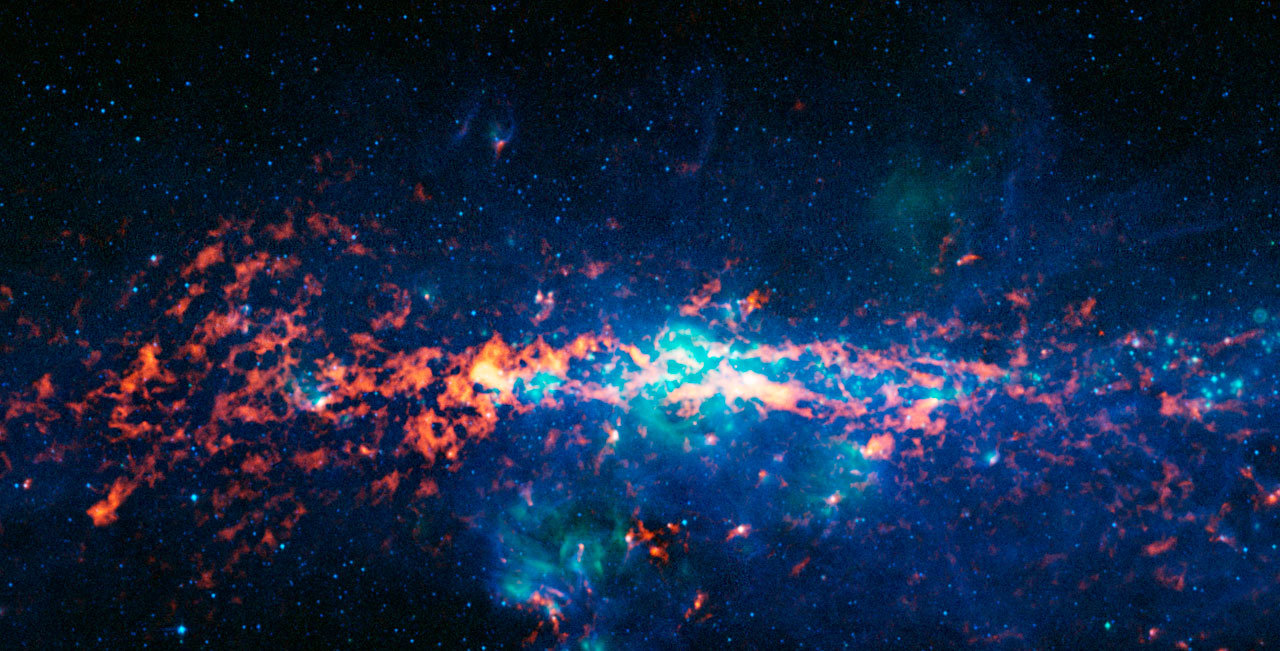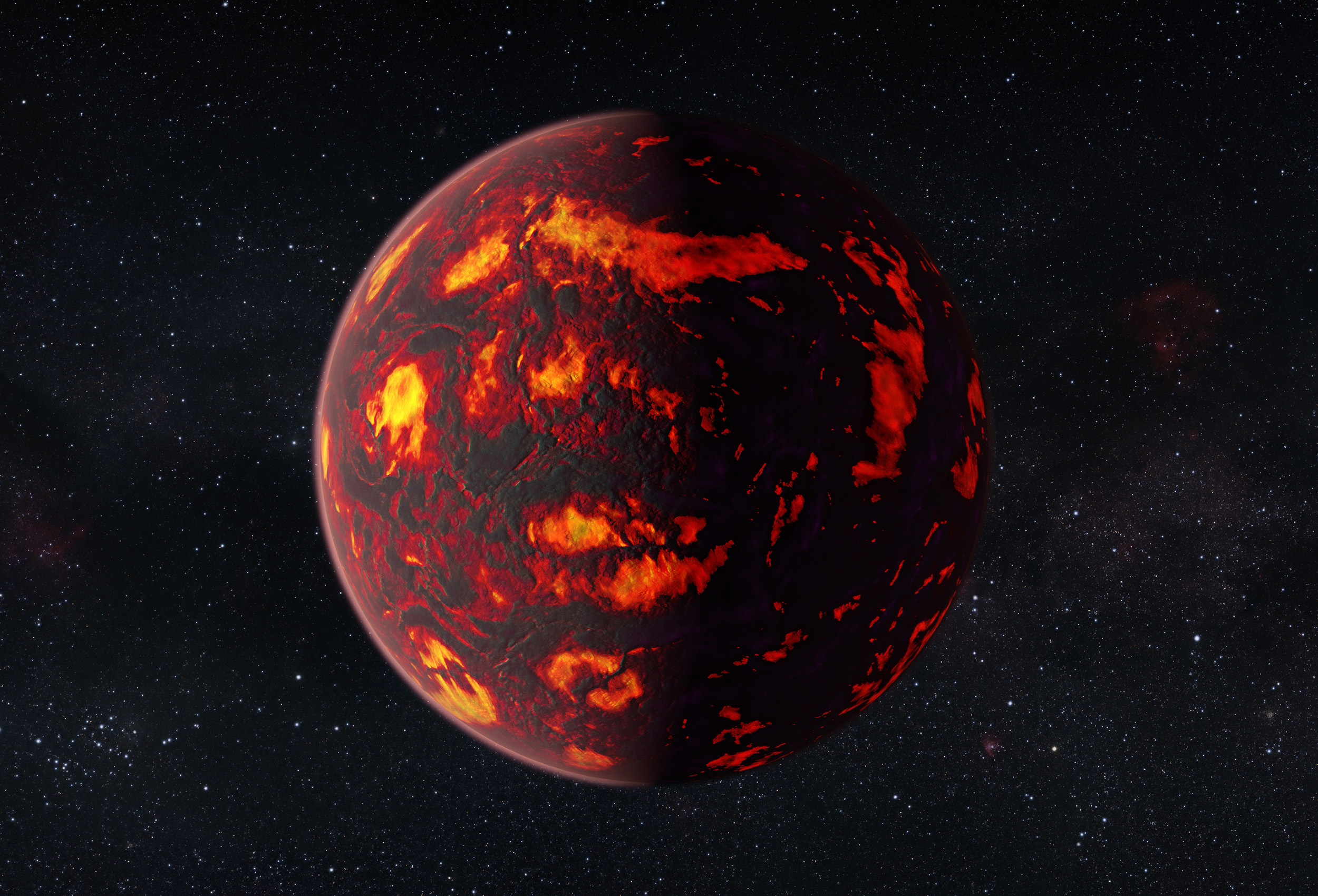The world is both mean and kind – it gives us unexplainable yet strikingly beautiful phenomena every now and then that makes us stop and stare in awe, but at the same time, leave us scrambling for reasons and explanations, seemingly proving that there is no finality in everything we know. This is what tickles our curiosity, particularly of scientists and experts, who dedicate time and effort in providing logic to what’s happening around us.
To be fair, human beings have made tremendous progress in the past century that helped us discover the meaning behind the universe’s strange phenomena, with the help of advanced technology that has answered some of the world’s most fundamental questions. But although science had come a long way, there are still things which simply need more time to understand.
The universe is a vast source of strange yet breathtaking phenomena that don’t only bewilder us, but also spark curiosity in us. Without further ado, here are some of the world’s strangest occurrences that have baffled the scientists:
Gigantic Cloud That Smells Like Rum
Named Sagittarius B2, this humongous cloud composed of gas and dust is located about 390 light years away from the middle of the Milky Way. It is said that its mass is almost 2 million times more than the sun and is believed to have a total surface area of 150 light years! From what that scientists have discovered so far, the strange cloud is made up of ethyl formate, the reason why it smells like rum and tastes like raspberry, as per reports.

This had attracted fascination among space enthusiasts, particularly those in Spain who studied the matter using the radio telescope IRAM. Although it sounds (and tastes) delicious, people shouldn’t get excited too quickly as there are other toxic chemicals in the cloud, including propyl cyanide and ethanol. Additionally, Sagittarius B2 has a high alcohol content – so much so that it can supply over 300,000 pints of booze every day for one billion years. Cheers to that!
Jupiter’s Great Red Spot
Since 1830, astronomers have observed the Great Red Spot in Jupiter, a high-pressure storm that can pretty much be equated to the strongest hurricanes that had ever hit Earth. Photos captured of this strange phenomenon by NASA’s Voyager 1 mission in 1979 have stunned the public for the picturesque aesthetic of the largest planet in the solar system.

Of course, besides letting people see and appreciate the work of nature, the photos became instrumental in studies of scientists, who concluded that the clouds near the Great Red Spot only swirl in a counterclockwise manner. As for who actually discovered the beautiful phenomenon, there are inconsistent accounts: while some people believe that it was first seen 400 years ago, others say it was discovered in 1665 by Giovanni Domenico Cassini.
A Burning Ice Planet
It may sound odd (that’s why it’s on this list), but there actually exists a planet of burning ice. The planet, called Gliese 436 b, first noticed in 2004, is located about 30 million light years away from our planet and is about 20 times the size of the Earth.
It was named as a planet of burning ice because of its composition: its surface has a minimum temperature of 475-degree Fahrenheit (245-degree Celsius) and still has ice-X, the water that is on the planet. You might ask, how this is possible given the unfavorable temperatures? Well, it is because of the gravitational forces present and also because the ice component is not actually conventional as it is made up of compressed water, pretty much like how the diamonds are formed from carbon.
Diamond Planet
This planet, called 55 Cancri e, is located 40 light years away from us and was discovered in 2004. It is also described as a super-Earth because of its massive size, with its radius double as our planet’s and a mass that is eight times as that of the Earth. It is best known as the Diamond Planet basically because one-third of its entirety is made of the sparkly stone.

The Diamond Planet orbits its star for just 18 hours, unlike the Earth which needs 365 days to rotate around the sun. Although this planet sounds heavenly to live in because of the diamonds you can find, bear in mind that no one can reside in that place because it is too close to its star, even closer than Mercury to the sun. This means that because it is so near to its host star, the temperature is high, with this planet’s reaching 9,200-degree Fahrenheit.
